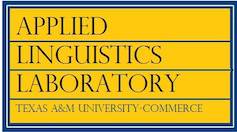Politeness norms: A pilot study on the accomplishment of apologies by learners of Italian
DOI:
https://doi.org/10.21283/2376905X.7.95Keywords:
APOLOGIES, LANGUAGE LEARNERS, ITALIAN L2, POLITENESSAbstract
In the increasingly globalised world, intercultural and cross-cultural relations are becoming ever more frequent and significant. Within this diverse cultural space, miscommunications tend to arise and have the ability to significantly impact upon intercultural interactions. Thus, this paper explores the use of politeness strategies by learners of Italian during the performance of the speech act of apology. Specifically, the paper examines the presence of Italian and Australian English politeness norms in the realisation of these apologies, focussing on three principle areas of investigation: (i) the way in which the social variables of the scenario were evaluated by participants, (ii) the participants’ use of formal terms of address, and (iii) the modification of explicit expressions of apology. It was found that although tendencies of both Italian politeness and Australian English politeness were demonstrated by participants, the latter was more prominent, thus suggesting L1 influence on L2 realisation and some difficulty in the negotiation of the intercultural space.
Downloads
Published
How to Cite
License
Copyright (c) 2017 Talia Walker

This work is licensed under a Creative Commons Attribution 4.0 International License.


